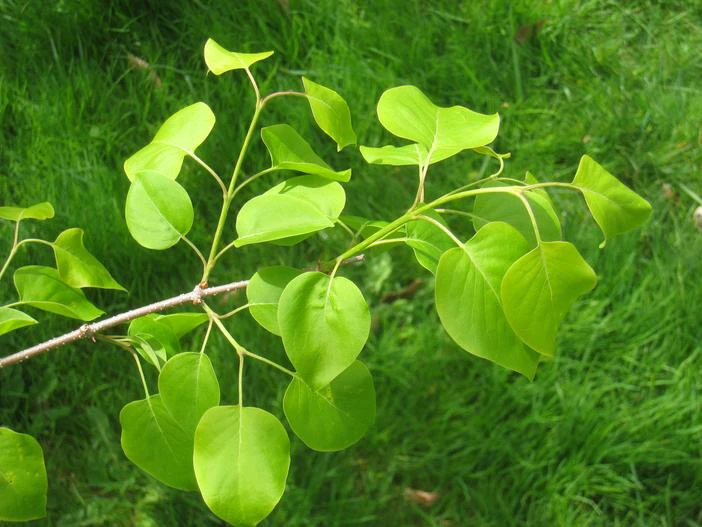Peking Lilac
(Syringa pekinensis)
Peking Lilac (Syringa pekinensis)
/
/

Daderot
Public domain


















Estimated Native Range
Climate Requirements for Norwalk, Connecticut
| This Plant | Your Site | Plant Suitability for Your Location | ||
|---|---|---|---|---|
| • Precipitation | 14" - 65" | 48" | Aquatic | Aquatic |
| • High Temp. | 67°F - 90°F | 85°F | Your summer temperatures are normal for this plant. | Excellent |
| • Low Temp. | -4°F - 39°F | 20°F | Your winter temperatures are normal for this plant | Excellent |
Summary
The Peking Lilac is valued for its ornamental features, including its fragrant flowers and attractive bark. It is used in urban landscapes, as a specimen plant, or for border planting. This species is relatively low-maintenance, requiring medium amounts of water and thriving in moist, well-drained soils. It prefers full sun but can tolerate light shade, making it versatile for various garden settings. It is hardy in USDA zones 3 through 7. While generally disease-resistant, it can be susceptible to powdery mildew and lilac borer. Gardeners should be aware of these potential issues and plant in optimal conditions to minimize problems.CC BY-SA 4.0
Plant Description
- Plant Type: Shrub, Tree
- Height: 15-20 feet
- Width: 10-15 feet
- Growth Rate: Moderate
- Flower Color: Cream, White
- Flowering Season: Spring, Summer
- Leaf Retention: Deciduous
Growth Requirements
- Sun: Full Sun
- Water: Medium
- Drainage: Medium
Common Uses
Bee Garden, Bird Garden, Butterfly Garden, Deer Resistant, Drought Tolerant, Erosion Control, Fragrant, Hummingbird Garden, Low Maintenance, Rabbit Resistant, Salt Tolerant, Showy Flowers, Street Planting
Natural Habitat
Scrublands and forest edges of Central and Northern China
Other Names
Common Names: Chinese Tree Lilac , Pekingsyren , Bei Jing Ding Xiang
Scientific Names: Syringa pekinensis , Syringa reticulata subsp. pekinensis , Ligustrina pekinensis , Ligustrum pekinense , Syringa amurensis var. pekinensis , Syringa pekinensis var. pendula , Ligustrina amurensis var. pekinensis , Ligustrina pekinensis var. pendula , Syringa ligustrina var. pendula , Syringa pekinensis f. pendula , Syringa vulgaris subsp. pendula
GBIF Accepted Name: Syringa reticulata subsp. pekinensis (Rupr.) P.S.Green & M.C.Chang